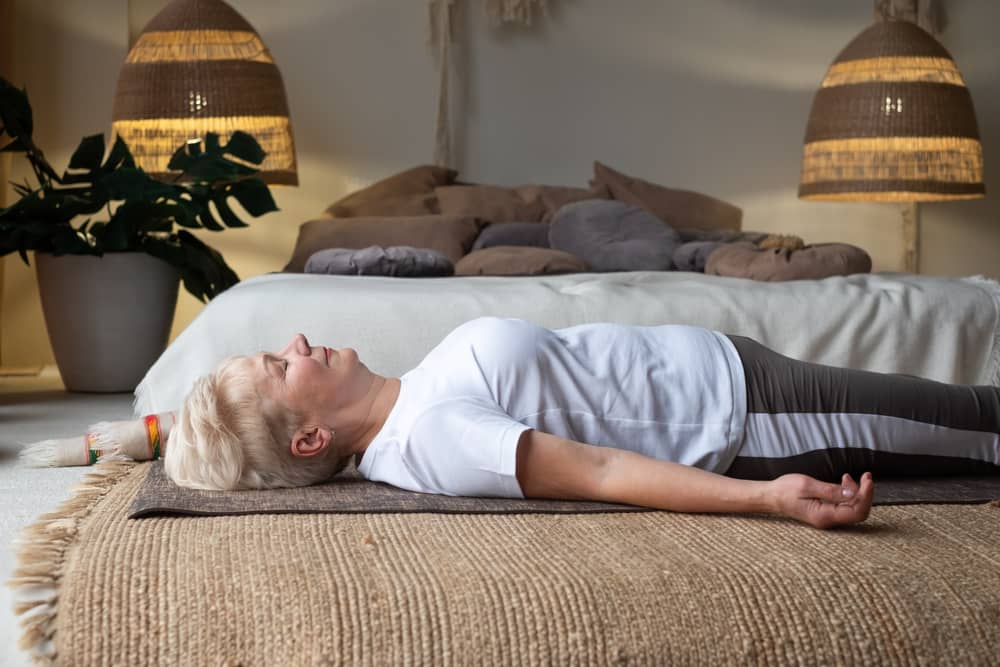Kegel Exercises
What are Kegel exercises?
Kegel exercises, also called pelvic floor muscle training, are simple exercises you can do to treat bladder problems and improve bowel control. The exercises strengthen the pelvic floor muscles that support the bladder, rectum, and uterus. These muscles—which stretch like a hammock from the front to the back of your pelvis—can help you avoid releasing urine, stool, or gas at the wrong times.
Should I do Kegel exercises?
Many factors, including pregnancy and childbirth, surgery, and getting older, can weaken pelvic floor muscles. If these muscles are weak, you may start to leak small amounts of urine, stool, or gas.
Kegel exercises strengthen these muscles, helping you to stop these leaks.1,2 Studies suggest that pelvic floor muscle training may also improve sexual function.3,4
Pelvic floor muscle training can help both women and men. But in some cases, practicing these exercises may not be a good option. Check with your health care professional before you begin.
How do I do Kegel exercises?
During Kegel exercises, you squeeze, hold, and relax your pelvic floor muscles. Sounds simple, but you may need a little practice before you learn to exercise the right muscles.
Find the right muscles
Find your pelvic floor muscles
Try one of the following ways to find the right muscles to squeeze.
- Imagine you are trying to stop passing gas. Squeeze the muscles you would use. If you sense a "pulling" feeling in your vaginal or rectal area, you are squeezing the right muscles.
- While urinating, try to stop your urine midstream. The muscles you squeeze to stop the urine flow are your pelvic floor muscles. Though this is an easy way to find the muscles at first, don’t do Kegel exercises while urinating on a regular basis. Stopping your bladder from emptying completely could increase your risk for a bladder infection.
- Women: Insert your finger into your vagina. Squeeze as if you were trying to hold in your urine. If you feel tightness on your finger, you are squeezing the right muscles.
- Men: Insert your finger into your anus. Squeeze as if you were trying to hold in your urine. If you feel tightness on your finger, you are squeezing the right muscles.
Let your health care professional help you
Many people have trouble finding the right muscles. Your doctor, nurse, or pelvic floor therapist can let you know if you are doing the exercises correctly. They can examine you while you do the exercises to verify you are squeezing the right muscles. They can also recommend exercise aids, such as biofeedback, electrical stimulation, or special weights.
Practice the exercise
Learn the method
Here’s an easy way to start.
- Find and squeeze your pelvic floor muscles.
- Try to hold the squeeze for 3 seconds.
- Release the muscles and fully relax your pelvic floor.
Then repeat! Try to work up to 10 to 15 repetitions each time you exercise.
 Practice Kegel exercises while lying down, sitting, or standing.
Practice Kegel exercises while lying down, sitting, or standing.
Follow your health care professional’s advice
Kegel exercises can be done in different ways—in terms of how many seconds to hold the squeeze and how many repetitions to do per session. Ask your health care professional for an exercise plan that meets your unique needs.
Don't squeeze other muscles at the same time
Be careful not to tighten your stomach, thighs, or other muscles. Squeezing the wrong muscles can put more pressure on your bladder, making it easier to leak urine. Try to squeeze only your pelvic floor muscles.
Add to your daily routine
Do your pelvic exercises at least three times a day
Every day, try to do the exercises in three positions: lying down, sitting, and standing. Using all three positions makes the muscles strongest. Keep a daily journal or exercise log to record each time you do the exercises.
Here’s a sample daily exercise schedule.
- Do a set of exercises in the morning, while making breakfast.
- Fit in another set in the afternoon, while sitting at your desk or driving.
- End with a third set in the evening, while lying in bed.
Be patient
Don't give up. It's just 5 minutes, three times a day. Like any exercise routine, it can take a little time to build up muscle strength and conditioning. You may not feel your bladder control improve until after 3 to 6 weeks.
Don’t overdo it
Keep doing the exercises, but don’t increase how many you do. Overdoing the exercises can lead to straining when you urinate or move your bowels.
References
This content is provided as a service of the National Institute of Diabetes and Digestive and Kidney Diseases
(NIDDK), part of the National Institutes of Health. NIDDK translates and disseminates research findings to increase knowledge and understanding about health and disease among patients, health professionals, and the public. Content produced by NIDDK is carefully reviewed by NIDDK scientists and other experts.
The NIDDK would like to thank:
Alison Huang, M.D., M.A.S., University of California, San Francisco
